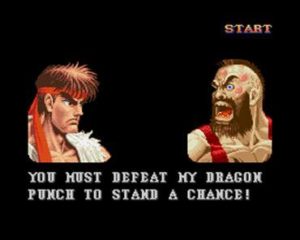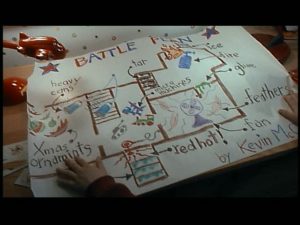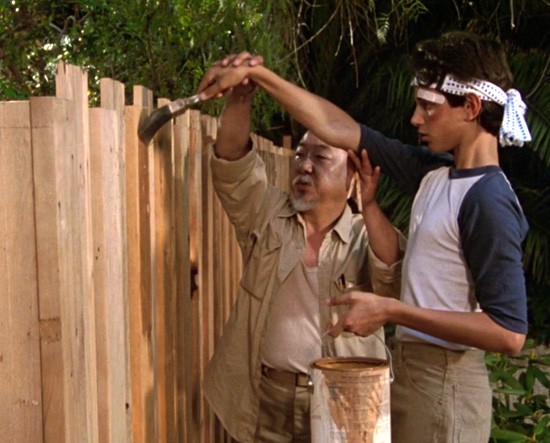In the era of smartphones, with built-in cameras, students often choose to take video instead, recording the days instruction away for later reference. (note: this is a great way to capture a lot of your instructors teaching details so you can review them at a later date). Taking notes while covered in sweat can be hard. I remember plenty of times having trouble gripping a pen in my hand, trying to write after practice. A lot of people might look at me, sweat dropping onto my pad of paper, and think, why bother?
However, keeping track of class techniques is only a small part of what the BJJ notebook is for.
Lets walk through some popular elements of a great jujitsu notebook. Imagine each page of your notebook containing a small section for each off the parts below.
Feedback
You just finished a long roll with a upper belt and walking back to the side for some water, he stops you. Maybe he saw something in your guard that you need to work on, or is encouraging you to keep using a certain sweep that’s getting more effective. Feedback from fellow students and instructors is essential for your growth. Although BJJ relies on feeling, oftentimes we fixate too much on what we think. Getting feedback from your training partner will tell you what your opponent really has a tougher time dealing with.
Let’s use the example of the cross face. As a new student, you might feel that squeezing your opponents head is most effective. Advanced students drive their arm under the neck and lean forward. While it feels like less force against the face, feedback from your partner will tell you how much more effective it is. Moves like this should give you a hearty sense of paranoia. Many of the moves you use everyday might benefit from a series of counter-intuitive adjustments.
There is a notable distinction between learning jujitsu and applying jujitsu. Like all combat arts, BJJ immediately changes upon contact with a live partner. That’s why feedback is so important! You won’t find it online or in a reference guide.
Also consider that upper belts take the time to help you because they want you to improve and achieve. They don’t give it without reason. Beware of feedback from beginners. They may be unaware of basic counters or concepts. An easy way to double check is to ask your instructor about the comment. If they agree, then it’s a worthy addition your notebook.
Game Plan and Strategy
The concept of a game plan is pretty simple. What is your perfect match? Perhaps you grab your opponent, immediately hit a double leg takedown to side control. From there you move to mount and execute an arm bar to finish. That path from start to finish is your first game plan.
Each step then expands with possibilities. A double leg might need to become a single leg because of some reaction by your partner. Once again not something you can find from educational materials. A game plan represents what you consider are the most effective elements of all you know about jujitsu.
The plan is ever-evolving and each day you spend in the gym should touch and tweak it with new observations. You might try these techniques on your instructor only to be countered and thrown in a new way. This is rarely a happy accident. These insights represent key information on how people react to your attack style.
Your notebook should have a section for game plan observations. What’s working? Where are you getting stuck? The next time your instructor asks for open questions, you’ll then have plenty to go over. This will also prevent you from wasting time on questions that aren’t central to your development. Since your game plan represents the strongest parts of your jujitsu, you are propelling your skill forward.
Skills Development
Progressing your skills doesn’t happen overnight. It’s essential to go to class and learn new moves to improve your jujitsu vocabulary. This broadens your skill set and makes you more able to handle unfamiliar positions. As you work through your gameplan, you’ll find areas that need work.
Many effective jujitsu students pick a single move or position to work on for months. This might mean extra drilling on that position for hundreds or thousands of repetitions. This slow polishing is perhaps the least glamorous but necessary part of learning jujitsu. The twenty or so repetitions you go through when learning in class are not enough to refine a movement. The notebook should record observations as well as log your repetitions and progress.
The second piece of skills development is working the particular move or position in sparring. Sparring with an agenda is something that new students must do. Each upper belt you roll with is working on something specific each night. They might be working on new moves or testing their techniques against what they see as your strongest position. The skills development section of your notebook should note common counters to your moves. Recording this over your three month period will also allow you to note trends and habits you might not notice.
Bringing it all together
Hopefully, the value of capturing the personal parts of your jujitsu learning experience in a notebook is clear. Explaining things on paper has a way of bringing clarity to your thoughts. This will not only speed up progress, but also push you to think about our martial art in a structured way – an improvement that is much harder to gain if you’re just recording video.
The final thing your notebook does is perhaps the most personal. A notebook becomes a time machine that let’s you look back on the student you were. You will see your own growth and progress in a new way and through your own words.
I call my notebook my “Grail Diary” in homage to the book used by Indiana Jones’ father to keep all his knowledge. Looking back I can see my whole path from day one and how my mental game and ability to self assess has improved. Do yourself a favor and give yourself a chance to see the whole journey rather than just the destination.




